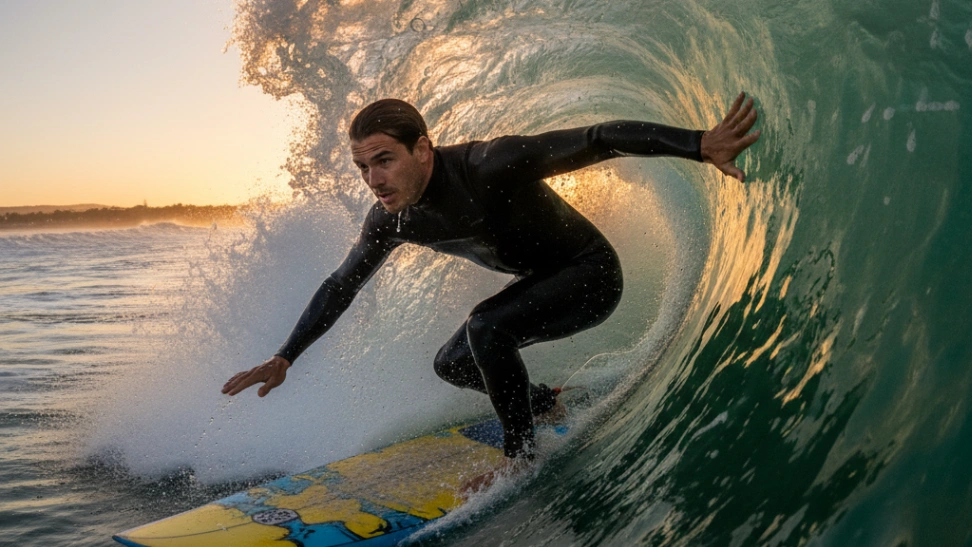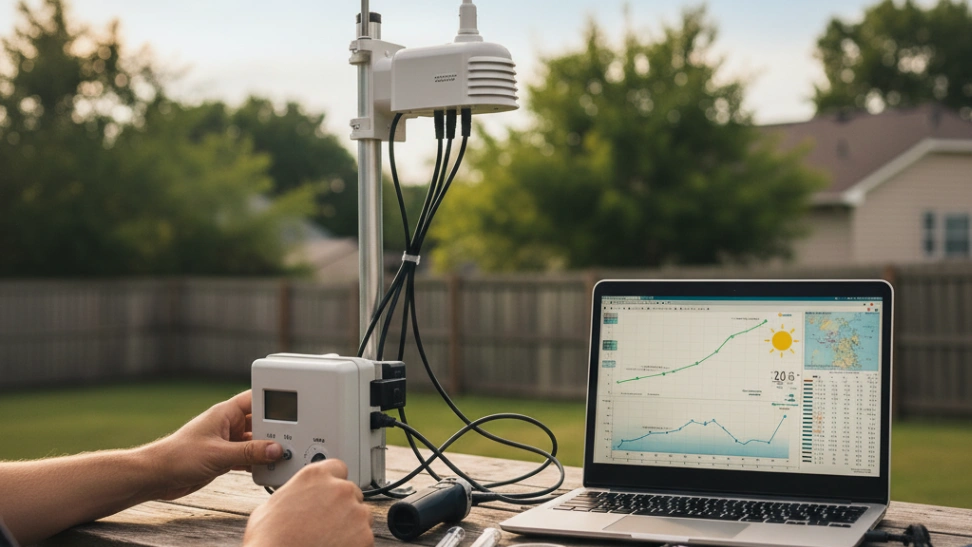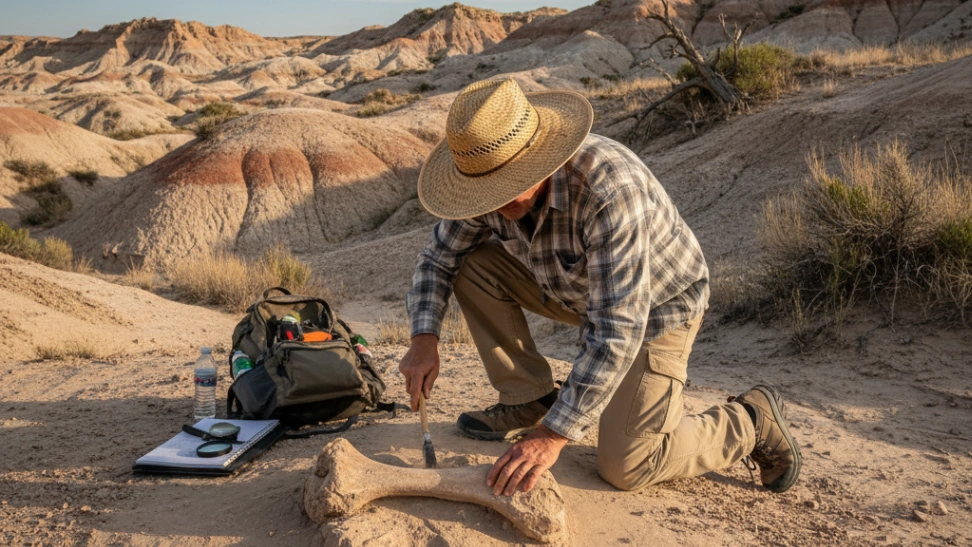The origins of surfing are deeply rooted in ancient Polynesian cultures, particularly in Hawaii, where it was known as "he'e nalu" or "wave sliding." It was not merely a pastime but an integral part of their society, practiced by chiefs (ali'i) and commoners alike. Boards were carved from local trees, varying in length and shape, and often held spiritual significance. Early European explorers, such as Captain James Cook, documented this practice in the late 18th century, marveling at the skill and grace of the islanders. However, with the arrival of Western missionaries in the 19th century, surfing, along with many other traditional Hawaiian customs, faced suppression due to cultural clashes and the promotion of modesty. For a time, the practice dwindled, becoming a clandestine activity in some areas, maintained only by a dedicated few.
The resurgence of surfing began in the early 20th century, largely credited to figures like Duke Kahanamoku, a Hawaiian Olympic swimmer. Kahanamoku toured the world, demonstrating surfing and popularizing it in places like California and Australia. His charismatic personality and athletic prowess helped reignite global interest. The post-World War II era saw a boom, fueled by improved transportation, leisure time, and a growing counter-culture movement. Technological advancements in board design, moving from heavy wood to lighter foam and fiberglass, made surfing more accessible and dynamic. The 1950s and 60s saw surfing enter mainstream popular culture through movies, music, and fashion, solidifying its image as a symbol of freedom and youthful rebellion. This era cemented surfing's global appeal, leading to its spread to virtually every suitable coastline around the world.
To truly understand surfing, one must immerse themselves in its rhythm. It begins with observing the ocean, understanding swell patterns, tide changes, and wind conditions – a crucial skill known as "reading the ocean." Paddling out through the breaking waves requires endurance and determination, pushing past the white water to reach the calmer, deeper waters beyond. The moment of catching a wave is a delicate balance of timing, positioning, and a powerful paddle stroke. As the wave lifts the board, the surfer executes a "pop-up," transitioning from lying down to standing, ideally in one fluid motion. From there, it's a dynamic dance, carving turns, accelerating, and maintaining equilibrium as the wave breaks and reforms. Each wave is unique, presenting a new challenge and a new opportunity for expression. The feeling of gliding across the water, propelled by nature's force, is often described as pure exhilaration and a profound connection to the natural world.
Surfing is more than just a sport; for many, it's a way of life that fosters a strong sense of community and an environmental consciousness. Surfers often travel extensively, seeking out new waves and experiencing different coastal cultures, which builds a global network of like-minded individuals. The "dawn patrol" – waking before sunrise to catch the first waves – is a sacred ritual for many, offering solitude and pristine conditions. There's a shared respect for the ocean and its power, leading many surfers to become advocates for marine conservation and environmental protection. While competitive surfing exists at elite levels, the core ethos remains rooted in the personal challenge and the spiritual satisfaction derived from riding waves. The camaraderie in the lineup, sharing waves, and recounting epic rides, forms bonds that often last a lifetime. This lifestyle emphasizes being present, adaptable, and deeply attuned to the natural world, fostering both physical and mental well-being.



